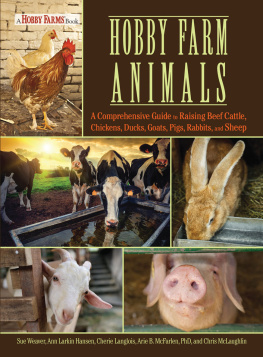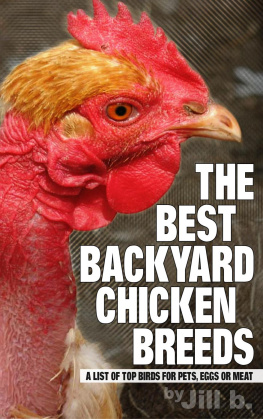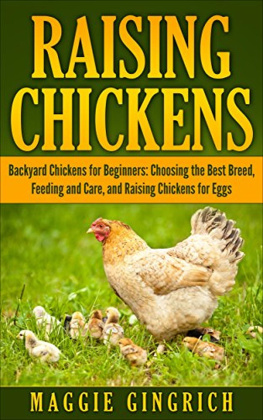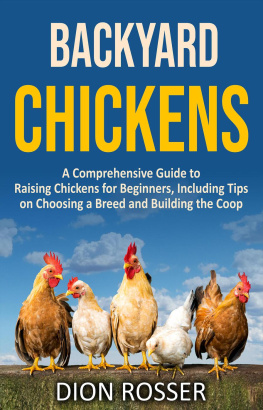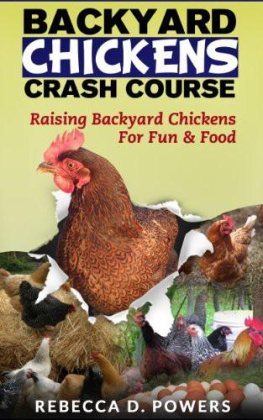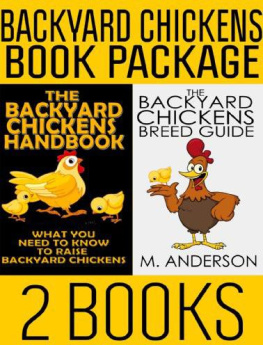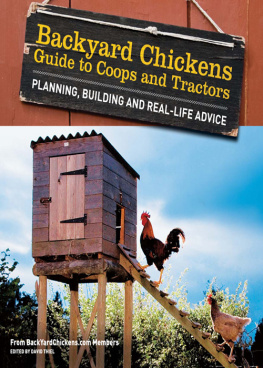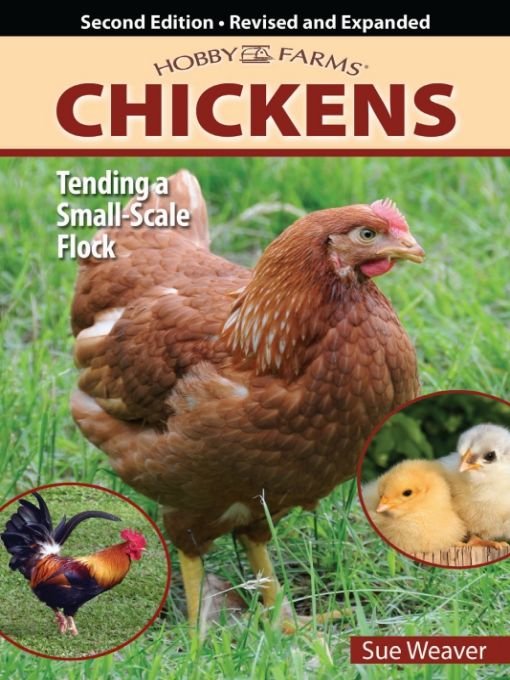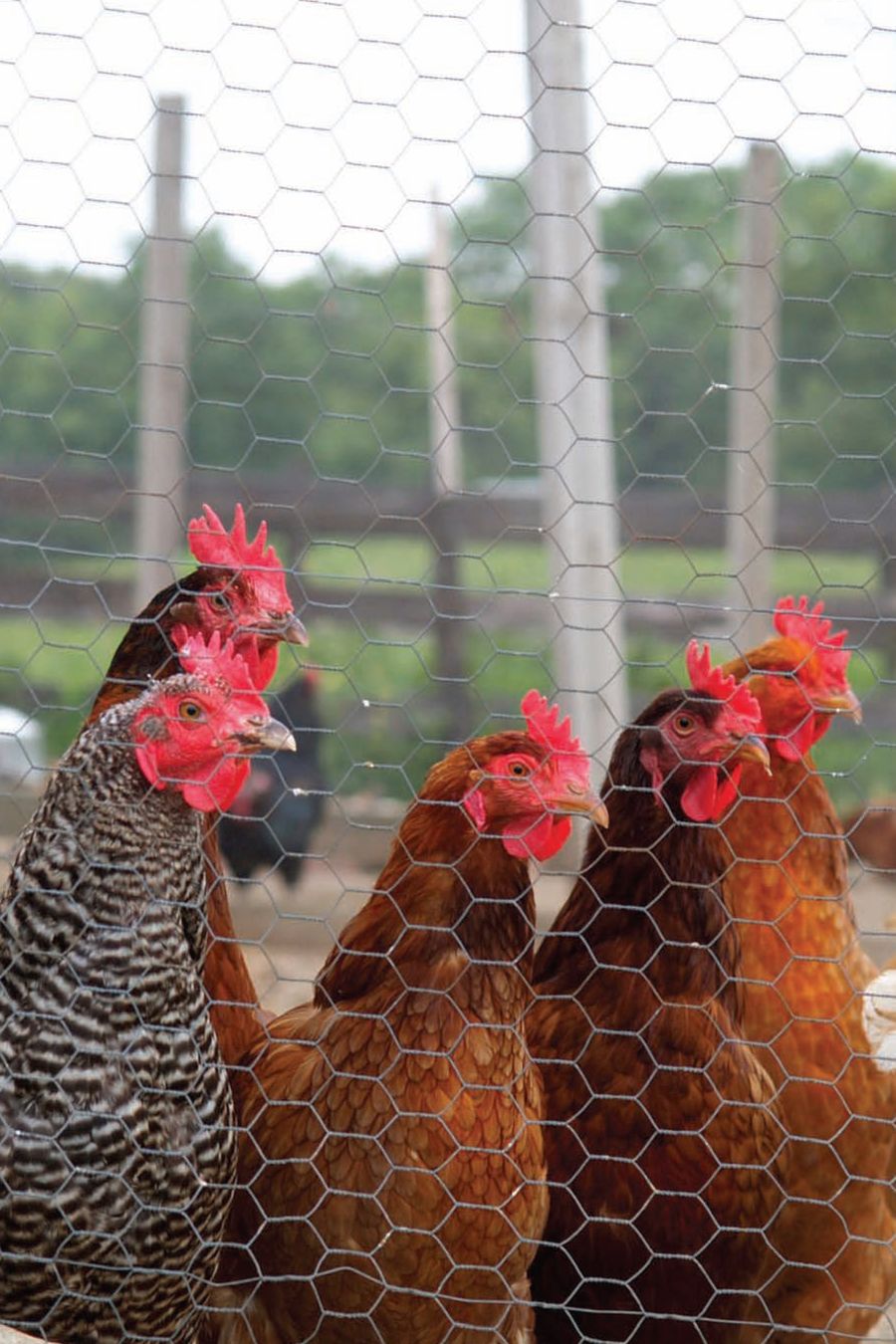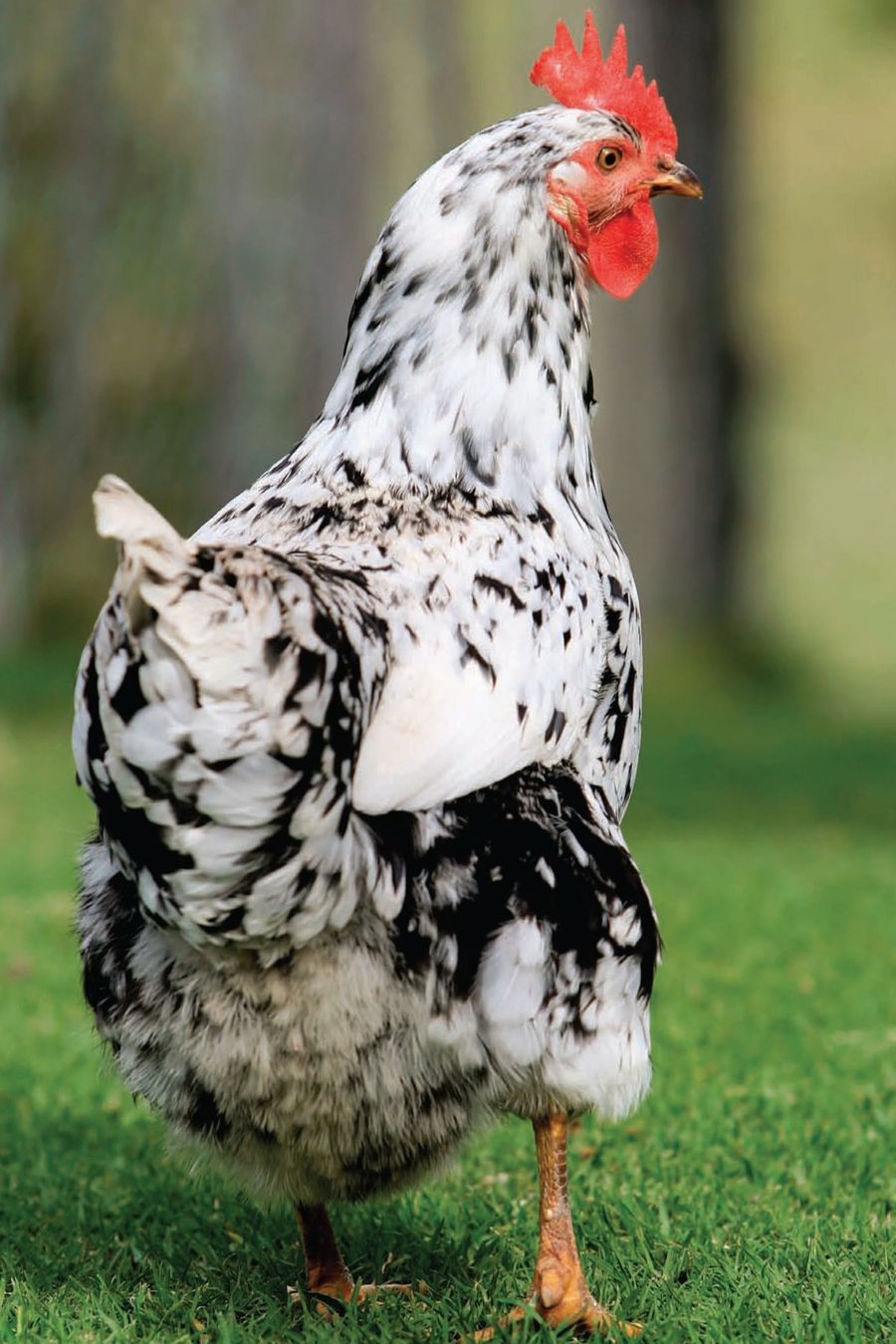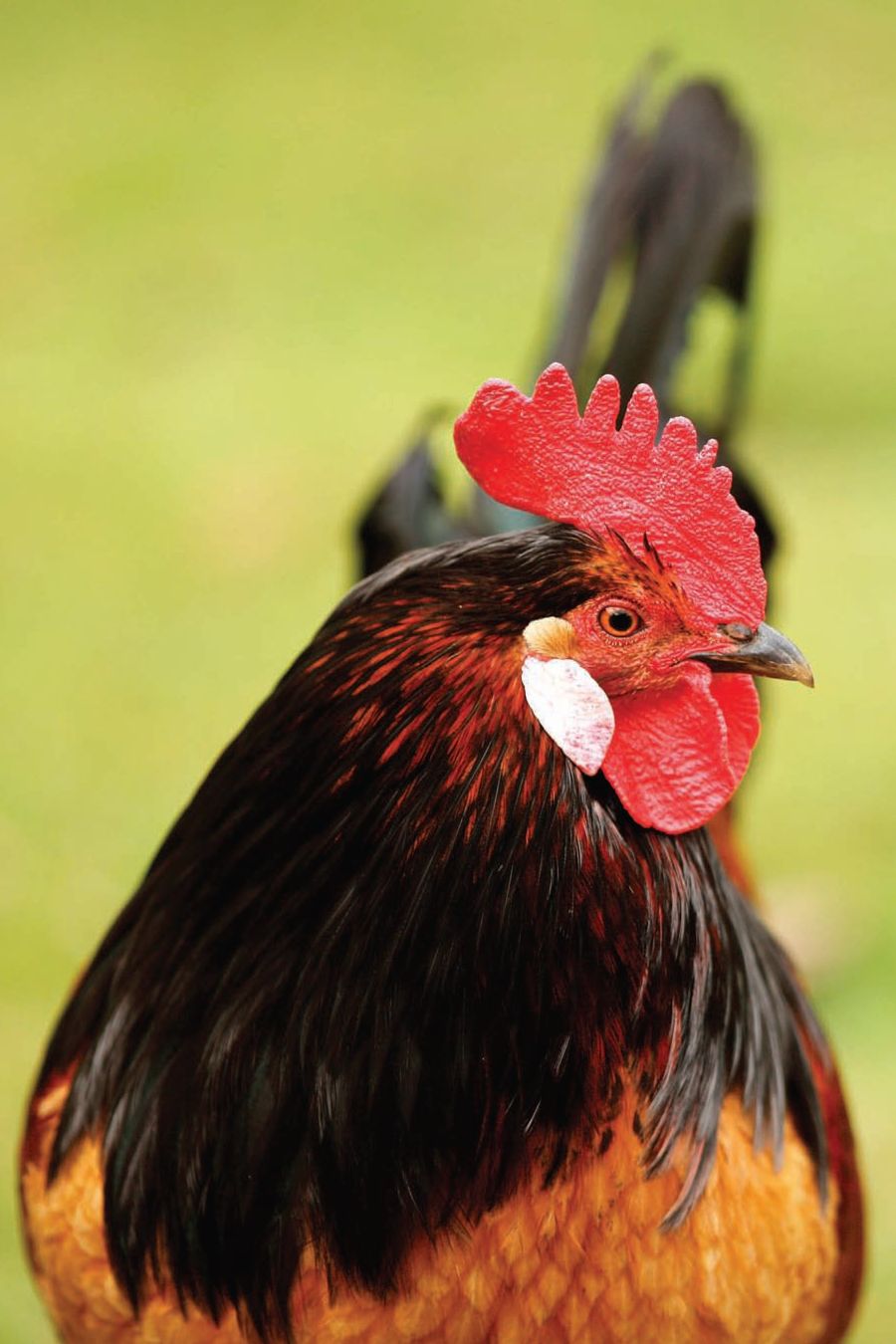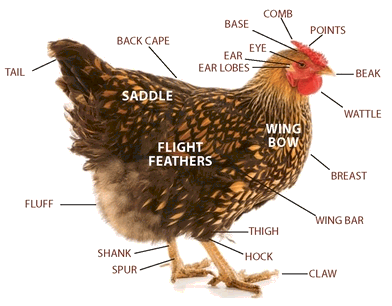Sue Weaver - Chickens: Tending a Small-Scale Flock
Here you can read online Sue Weaver - Chickens: Tending a Small-Scale Flock full text of the book (entire story) in english for free. Download pdf and epub, get meaning, cover and reviews about this ebook. year: 2011, publisher: CompanionHouse Books, genre: Detective and thriller. Description of the work, (preface) as well as reviews are available. Best literature library LitArk.com created for fans of good reading and offers a wide selection of genres:
Romance novel
Science fiction
Adventure
Detective
Science
History
Home and family
Prose
Art
Politics
Computer
Non-fiction
Religion
Business
Children
Humor
Choose a favorite category and find really read worthwhile books. Enjoy immersion in the world of imagination, feel the emotions of the characters or learn something new for yourself, make an fascinating discovery.

- Book:Chickens: Tending a Small-Scale Flock
- Author:
- Publisher:CompanionHouse Books
- Genre:
- Year:2011
- Rating:4 / 5
- Favourites:Add to favourites
- Your mark:
Chickens: Tending a Small-Scale Flock: summary, description and annotation
We offer to read an annotation, description, summary or preface (depends on what the author of the book "Chickens: Tending a Small-Scale Flock" wrote himself). If you haven't found the necessary information about the book — write in the comments, we will try to find it.
Hobby Farms Chickens: Tending a Small-Scale Flock for Pleasure and Profit is geared toward the hobby farmer looking to begin his or her own flock of chickens on a small farm or even backyard. Author Sue Weaver, who keeps various exotic breeds and countless barnies on her farm, is an expert on all things livestock and an avowed chicken fanatic. This photo-filled guide begins with Chickens 101 and details the physiology of chickens, members of the Phasianidea family, providing beginning hobby farmers with a basic education in the chickens unique physical makeup (from wings and feathers to beaks and digestive tracts), behavior, mating, and its unexpected high intelligence. The author offers advice on choosing the right types of chickens to get started: meat, egg, or dual purpose, or maybe even just for pets. The book is an excellent resource for selecting which breed of chicken is best for the hobby farmer, based on the birds traits, such as aggression, personality, noise factor, tolerance for heat, confinement, cold, etc. Chickens also provides information on selecting or building a suitable chicken coop for the hobby farmers brood, outlining the basic requirements (lighting, ventilation, flooring, waterers, insulation, safety, and so forth). A detailed chapter on feeding chickens offers essential guidance on nutrition, commercial feeds, supplements, and water requirements. For the chicken hobby farmer looking to start with a clutch of baby chicks (from his own hen or an outside source), the author provides excellent info on incubators and hatching as well as all of the accommodations and preparation required for hens in the nest box. A chapter on selling eggs and broilers provides timetables, requirements, and dos and donts to get a hobby farmers business off on the right foot. All chicken keepers will find the chapter on health of particular value, with expert advice on preventing common problems and dealing various maladies and diseases. Much detailed information about all of the topics in the book is encapsulated in sidebars. A glossary of over 125 terms plus a detailed resource section of chicken and poultry associations, books, and websites complete the volume. Fully indexed.
Sue Weaver: author's other books
Who wrote Chickens: Tending a Small-Scale Flock? Find out the surname, the name of the author of the book and a list of all author's works by series.

